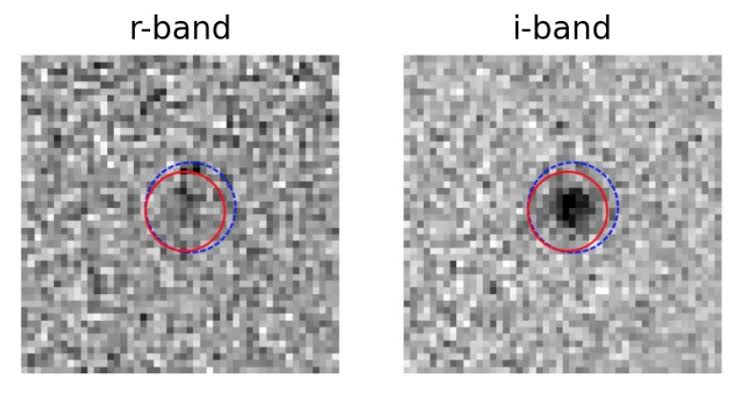At a redshift of approximately 5.32, European astronomers reveal the discovery of a brand-new, strong radio-loud quasar.
PSO J191.05696+86.43172, the newly discovered object, turns out to be one of the brightest radio quasars ever discovered at such a high redshift. The discovery is detailed in a paper posted on arXiv.org on October 26.
What Are Quasars?

Quasars, also known as quasi-stellar objects (QSOs), are superluminous active galactic nuclei (AGN) with accretion discs around their supermassive central black holes. Strong spectral lines that predominate in their visible and ultraviolet spectra are used to calculate their redshifts.
As the most brilliant and far-reaching compact objects in the observable cosmos, quasars at redshifts higher than 5.0 are of particular interest to astronomers.
The mass of supermassive black holes that constrain the quasar evolution and origin theories can be inferred from the spectra of such QSOs.
Additionally, radio-bright high-redshift QSOs are distinctive markers of supermassive black hole activity in the early cosmos.
Related: James Webb Space Telescope will uncover the brightest Quasar in the early Universe
New High-redshift Quasar
A new high-redshift quasar has now been found by a research team led by Silvia Belladitta of the Brera Astronomical Observatory in Milan, Italy. Data from three different surveys were cross-matched to produce the detection.
In this paper, we report the discovery and initial observations of PSO J191.05696+86.43172 (hereafter PSO J191+86), a strong jetted QSO at z=5.32, which has been selected from the cross-correlation of the NRAO VLA Sky Survey (NVSS, Condon et al. 1998) in the radio, the Panoramic Survey Telescope and Rapid Response System.
The Observation Of PSO J191+86
According to the study, PSO J191+86 exhibits a potential peak in its radio spectrum at a frequency of 6.3 GHz in the rest frame, or roughly 1 GHz in the observed frame.
The newly discovered quasar will become one of the most potent gigahertz-peaked spectrum (GPS) sources at such a high redshift ever discovered if this turnover is confirmed by additional observations, the researchers observed.
PSO J191+86 has one of the brightest high-redshift radio quasars to date based on flux density measurements of 74.2 mJy. Furthermore, PSO J191+86 is similar to the majority of blazars in the early universe due to its extremely high radio loudness.
Conclusion
According to the study, the radio jets of PSO J191+86 have a kinetic age between 150 and 460 years. This discovery leads to the possibility that PSO J191+86 is among the newest GPS sources at such a high redshift. The team’s estimation of this quasar’s linear size, which ranges between 32 and 100 light years, was also made possible by the study.
In their concluding remarks, the paper’s authors suggest additional radio observations to clarify the existence of PSO J191+86 and give more insight on its characteristics.
